The FABI International Seminar Series
In light of the extraordinary circumstances experienced around the world due to the COVID-19 pandemic, most, if not all, scientific meetings have been cancelled for the foreseeable future. One of the many benefits of these meetings is science engagement.
The FABI International Seminar Series provides an opportunity for our research community to continue discussions on various topics. Our guest speakers will cover a wide range of topics related to plant health. Our monthly virtual seminars are open to all registered participants ensuring a wide audience.
Please fill in the registration form on the left menu of this page should you be interested in attending these events. You will be contact via email provided with relevant information on the seminar for each month. If you wish to contribute to this initiative by offering to present your research, please contact Dr Neriman Yilmaz or Dr Markus Wilken.
Upcoming seminar: 30 November 2023 - Time: 16:00 (GMT+2)
Speaker: Prof. Cindy Morris, INRAE, France
Title: Pervasive reservoirs, long distance aerial spread, variable host range: integrating the challenges of anticipating disease caused by complex plant pathogens - the case of Pseudomonas syringae.
Registration information
Please fill in the registration form below should you wish to attend the seminars in The FABI International Seminar Series for 2022. You will be provided with information regarding the seminar for each month.
REGISTRATION IS NOW CLOSED
Speakers
July, 2023
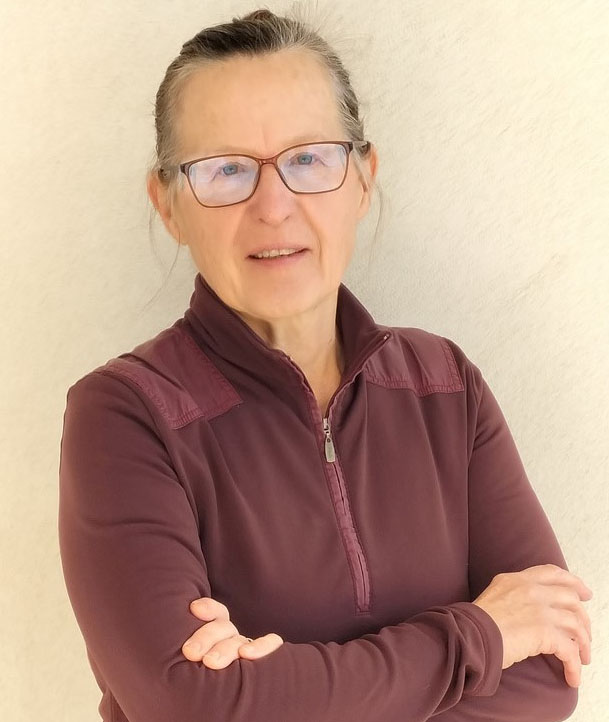
Speaker: Prof. Cindy Morris
Title: Pervasive reservoirs, long distance aerial spread, variable host range: integrating the challenges of anticipating disease caused by complex plant pathogens - the case of Pseudomonas syringae.
Date: 30 Nvember 2023 Time: 16:00 (GMT+2)
Abstract: Pseudomonas syringae is more frequently reported as causing new diseases than are any other group of plant pathogenic bacteria and even certain fungi. Management of emerging plant diseases has been, up to present, a post-hoc effort involving development of diagnostics deployed in agricultural contexts to find traces of the emerging strains. Many plant pathogens can survive and multiply as saprophytes, although little research has been devoted to understanding the extent to which saprophytic phases impact pathogen evolution and disease emergence. P. syringae is found in a multitude of habitats within and beyond agricultural contexts. Habitats outside of agriculture harbor the greatest genetic diversity of this group of bacteria including strains with the greatest potential for aggressiveness as plant pathogens. All these strains are disseminated by water – including major rivers used for irrigation – and by wind until they are deposited with precipitation. To develop a surveillance system that accounts for a more comprehensive scope of P. syringae reservoirs and dissemination we have i) produced maps of the trajectories of its air and water dissemination in a French river basin based on network analyses of meteorological and hydrological data that we superimposed on land use for this region, and ii) conducted comprehensive pathogenicity tests of strains in the P. syringae complex to identify indicators of its host range within and beyond angiosperms. Detection of environmental reservoirs and natural long distance movement of P. syringae raises questions about agronomic practices for management of plant health that will be discussed in the presentation.
Biography: Cindy Morris is a senior scientist and research director at the Plant Pathology research unit of INRAE’s center in Avignon, France where she has worked since 1989. Her research focuses on microbial ecology to elucidate how the adaptation of microorganisms to their habitats affects two seemingly conflicting impacts on the environment: their capacity to i) cause disease, and in particular newly emerging diseases and to ii) play beneficial roles in major environmental phenomena – the water cycle in particular. Her research concerns primarily the bacterium Pseudomonas syringae but her team also studies a wide range of other bacterial and fungal pathogens of plants. Questions common to the models of her team include the nature of non-agricultural habitats of pathogens and their role in disease outbreaks, and tracking pathways of long distance dissemination via the atmosphere and waterway. Detail of her activities can be found on the website of a project she coordinates about modernizing surveillance for plant health and on her blog about the interaction of microorganisms with atmospheric processes. This work has led her to be involved in fostering understanding and adoption of the concept of One Health.
In collaboration with Avignon University, she recently co-founded a new international graduate teaching and research program – IMPLANTEUS that opened in Sept 2020 - that melds plant production and food processing with environmental sciences and human health. She also composes lyrics and performs songs about science and post educational videos about plant health and atmospheric processes on my YouTube channel.
July, 2023

Speaker: Dr. André Fleissner
Title: Microbial dialogs: Intra- and interspecies communication in filamentous fungi
Date: 28 September 2023 Time: 16:00 (GMT+2)
Abstract: In many filamentous fungi, germinating spores undergo mutual attraction and fusion, thereby forming a supracellular network, which further develops into the mycelial colony. By using the red bread mold Neurospora crassa, we are investigating the molecular basis of these fusion events as a model for somatic eukaryotic cell fusion. We identified an unusual signaling mechanism employed by the fusing cells, in which the two partners take turns in signal sending and receiving. This highly coordinated cellular behavior is mediated by an intricate signaling network, which includes two MAP kinase cascades and fungal specific factors, such as the SO protein. Function and activity of these proteins are highly dependent on their subcellular localization, indicated by the alternating membrane recruitment of the MAK-2 MAP kinase and SO during the tropic cellular interaction. Many of the molecular factors mediating the cell communication also take part in pathogenic and mutualistic plant-fungus interactions, suggesting an evolutionary link between these processes.
We recently found that the cell-cell communication mechanism first described in N. crassa is highly conserved in the distantly related phytopathogenic grey mold Botrytis cinerea. During germling fusion, the MAK-2 and SO homologs of this fungus show dynamics identical to the ones observed in the red bread mold. Germinating spores of N. crassa and B. cinerea readily undergo interspecies interactions, suggesting that also the so far unknown signals and receptors are conserved. Interestingly, the presence of N. crassa induces cell fusion and suppresses infectious development in B. cinerea, indicating that interspecies interactions can change the developmental decisions of filamentous fungi. In future studies, we will analyze the role and function of such interspecies interactions in naturally occurring mycobiomes.
Biography: André Fleissner is a geneticist at the Technische Universität Braunschweig. He studied Biology at the Freie Universität Berlin and the University of Münster, Germany. He received a diploma in Biology and a Dr. rer. nat. in Botany from the University of Münster. In his diploma and doctorate studies, he investigated the molecular basis of pathogenic growth and development of filamentous ascomycete fungi. After obtaining his doctorate, he joined the University of California, Berkeley, USA for his postdoctoral research, where he investigated the molecular basis of cell-cell fusion using the model fungus Neurospora crassa.
Since joining the Technische Universität Braunschweig, André´s laboratory is focusing on cell-cell communication and fusion in filamentous fungi in different model systems and plant pathogenic fungi. The group has a long standing expertise in fungal cell biology, combining these methods with classical, molecular and chemical genetics. André has recently become interested in fungal interspecies interactions within natural, plant-associated mycobiomes and the functional role of these microbial communities for plant health. The group has numerous national and international scientific collaborations and offers its expertise to various research topics related to fungal biology. Recently, a collaboration with the Forestry and Agricultural Biotechnology Institute (FABI) of the University of Pretoria has been initiated, which includes the establishment of novel fungal model systems for forestry pathogens.
July, 2023
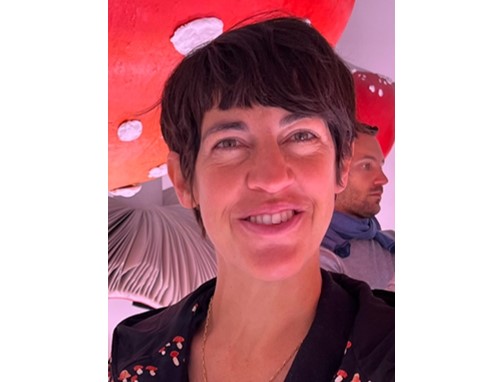
Speaker: Dr. Agnese Seminara
Title: Fungal spore dispersal from take off to landing
Date: 27 July 2023 Time: 16:00 (GMT+2)
Abstract: The fungi may lack legs, fins or wings for locomotion, but they routinely translocate across hundreds of km and even across oceans. Their survival relies on the dispersal of microscopic propagules — the spores. I will introduce spore dispersal by discussing the microscopic mechanism of spore discharge to show that fungi control this process to the slimmest level of precision.
I will then zoom out and discuss spore journey in the atmosphere, where noise becomes dramatic due to turbulence. I will show a set of experimental data demonstrating that survival to atmospheric travel is challenging and different spores have different lifetimes in the atmosphere. This imposes a major constraint to successful dispersal, as fungi can only establish if spores land on a (suitable) environment alive.
What are the chances that spores survive travel through the atmosphere? The time spores dwell in the atmosphere, from take-off to landing, is dictated by random turbulent transport, hence survival cannot be ensured with certainty. However, fungi can still boost the chances that spores land alive by correctly timing their liberation. I will discuss why this is the case using the physics of atmospheric transport. The idea is that fungi can sense the state of the atmosphere, which provides information about the typical duration of a spores’ journey. I will discuss simple strategies fungi may enact to appropriately control timing of spore release, depending on their biogeography.
Biography: Agnese Seminara is an italian physicist who graduated from the University of Genova in 2004 and obtained her PhD from the University of Nice, France (2007). She moved to Harvard University and Institut Pasteur for her postdoc. She became a faculty first as a researcher and then as a research director at CNRS (Institut de Physique de Nice) in 2013 and she moved back to University of Genoa in 2021. She is the recipient of the L’Oreal Unesco award for women in science (2006), Rita Levi Montalcini award (2012), CNRS Bronze Medal (2017) and ERC Consolidator grant (2021).
Her background is in the study of the fundamental properties of turbulence both as an abstract problem and applied to environmental problems (cloud formation, pollution around rocky coasts). Starting from her postdoc she became interested in biological physics. She focuses on diverse problems at the interface of physics, biology and machine learning, from the biomechanics of bacterial biofilm growth, to the violent discharge and atmospheric dispersal of fungal spores, to the computational principles that govern navigation in diverse organisms (mice, octopuses, sea robins, cnidarians and other marine organisms). The thread that connects all of these systems is their fluid environement: What are the solutions organisms evolved to make decisions based on the noisy and unreliable information brought by turbulent flows?
May, 2023

Speaker: Dr. Clémence Marchal
Title: Pikobodies: towards made-to-order plant immune receptors?
Date: 25 May 2023 Time: 16:00 (GMT+2)
Abstract: Plant pathogens cause recurrent epidemics, threatening crop yield and global food security. Efforts to retool the plant immune system have been limited to modifying natural components and can be nullified by the emergence of new pathogen strains. Made-to-order synthetic plant immune receptors provide an opportunity to tailor resistance to pathogen genotypes present in the field. In this work, we show that plant nucleotide-binding, leucine-rich repeat immune receptors (NLRs) can be used as scaffolds for nanobody (single-domain antibody fragment) fusions that bind fluorescent proteins (FPs). These fusions trigger immune responses in the presence of the corresponding FP and confer resistance against plant viruses expressing FPs. Because nanobodies can be raised against most molecules, immune receptor–nanobody fusions have the potential to generate resistance against plant pathogens and pests delivering effectors inside host cells.
Biography: Clemence is interested in the molecular mechanisms underlying plant-microbe interactions and how to harness them to develop improved disease resistance in cultivated plants. As a postdoc in Prof. Sophien Kamoun’s group at TSL, Clemence focusses on understanding how integrated domains in plant NLR immune receptors interact with pathogen effectors and harnessing this knowledge to engineer new resistance specificities.
March, 2023
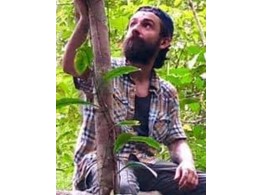
Speaker: Dr. João Araújo
Title: The Biology Behind the “Zombie-Ant Fungus” Phenomenon
Date: 30 March 2023 Time: 16:00 (GMT+2)
Abstract: The ability to infect insects arose multiple times along the evolution of Fungi. However, none has shown such broad and sophisticated strategies to infect, persist and transmit spore than the so-called “zombie-ant fungi”. These fungi evolved the ability to make their hosts to leave the colony, climb up to a summit position on plant parts and bite onto the substrate. The infected ant remains attached by locking its mandibles into the plant tissue, which is often further reinforced by fungal structures. Few days after the host’s death, the fungus erupts from their bodies to grow structures that will shower spores on the forest floor, eventually infecting new worders that forage on the ground. They also developed the broad range of morphologies, adapted likely in response to the host ecology and morphology. In this talk, I will present how these behavior manipulators arose and which strategies they have developed in order to thrive and spread through several ant species, becoming a diverse fungal group.
Biography: I am the Assistant Curator of Mycology, Institute of Systematic Botany at the New York Botanical Garden. My research interests are related to insect-associated fungi and their associated mycoparasites focusing on their diversity and evolutionary history. I am currently working on Japanese, Amazonian and African entomopathogens. My typical approach is to combine fundamental taxonomic science with natural history, fieldwork, evolutionary biology, microscopy and photography.
November, 2022

Speaker: Dr. Cyril Zipfel
Title: Identification and use of plant cell-surface immune receptors to improve broad-spectrum disease resistance in crops
Date: 24 November 2022 Time: 16:00 (GMT+2)
Abstract: Plants employ a multilayered innate immune system to fight disease. The first layer involves the perception of conserved microbial elicitors known as pathogen-associated molecular patterns (PAMPs) by cell surface-localized pattern recognition receptors (PRRs). PAMPs are often characteristic of whole classes/families of microbes, play an important role for the microbes’ life, are generally absent from the host, and therefore represent good targets for recognition of ‘infectious non-self’. Plant PRRs can also perceive endogenous signals indicative of a ‘stressed’ or ‘modified self’, known as damage-associated molecular patterns (DAMPs), which are thought to amplify immune signaling, locally or systemically. Activation of PRRs results in PAMP-triggered immunity, and acts as an early warning system against danger that is sufficient to restrict growth of most pathogens and pests, and is thus involved in both basal and non-host resistances. Our molecular knowledge on plant PRRs involved in PAMP/DAMP perception has drastically increased in the past decade. Interestingly, it is now clear that while some PRRs are conserved across a wide range of plant species (e.g. FLS2 that recognizes the flg22 epitope from bacterial flagellin), many others are family-specific (e.g. EFR that recognizes the elf18 epitope from bacterial EF-Tu). This phylogenetic diversification opens ways to engineer broad-spectrum disease resistance in crops through the generation of novel recognition specificities based on the transfer of PRRs across plant species, families, or even classes. We have successfully pioneered this approach with EFR, and I will present recent results illustrating how PRRs can be used to improve resistance of multiple crops against economically-important bacterial diseases, including in field conditions.
Biography: Cyril Zipfel studied at diverse French universities during his undergraduate studies, before doing his PhD (2001-2005) at the Friedrich-Miescher Institute for Biomedical Research and the University of Basel (CH) under the supervision of Thomas Boller. He then was an EMBO Post-Doctoral Fellow (2005-2007) in the group of Jonathan Jones at The Sainsbury Laboratory in Norwich (UK). From 2007 until now, he has been Group Leader at The Sainsbury Laboratory, and since 2018 is also Professor of Molecular and Cellular Physiology at the University of Zurich (CH). His laboratory is studying the molecular basis of plant innate immunity, and more generally of receptor kinase-based signaling in plants, as well as how this knowledge can be used to engineer stress-resistant crops.
October, 2022

Speaker: Dr. Eleonora Egidi
Title: Exploring the Australian microbiome: from diversity to functions
Date: 27 October 2022 Time: 16:00 (GMT+2)
Abstract: Arid lands cover about 80% of the Australia’s land surface. In these systems, microbes drive critical functions, such as soil nutrient cycling, plant community composition, and pedogenesis. Scarcity of C resources and water availability driven by increases in aridity are known to influence the taxonomic and functional composition of soil microbial assemblages. Yet, how aridity affects the structure and composition of microbial genetic potentials for resource acquisition and stress resistance, and how these shifts affect plant-microbial interactions, remain open questions in most Australian systems. In this talk, I will explore the diversity and composition of the Australian soil microbiome, and how aridity shapes the biodiversity, functional potential and biotic relationships of these exceptional communities. I will also introduce the Crop Microbiome Survey, a global initiative launched by the Global Initiative of Crop Microbiome and Sustainable Agriculture to characterise the microbiome associated with croplands worldwide.
Biography: Dr. Egidi is an Australian Research Council DECRA Fellow and Lecturer at the Hawkesbury Institute for the Environment, Western Sydney University, Australia. Her research focuses on investigating microbial biogeography, plant-soil-microbe interactions, and the mechanism underpinning microbial responses to environmental stressors. She co-leads the Plant-Soil Research Chapters of the Ecological Society of Australia and is the secretary of the Global Initiative of Crop Microbiome and Sustainable Agriculture
September, 2022

Speaker: Dr. Melvin Bolton
Title: Shedding light on a sugar beet pathogen’s dark secrets – the role of secondary metabolite effectors and CbNip1 in Cercospora beticola pathology
Date: 29 September 2022 Time: 16:00 (GMT+2)
Abstract: Cercospora leaf spot (CLS) is the most destructive foliar disease of sugar beet (Beta vulgaris ssp. vulgaris L.) worldwide. The disease is caused by the fungus Cercospora beticola, a hemibiotrophic fungal pathogen that utilizes an array of effectors to facilitate disease. After an initial symptomless biotrophic phase of colonization, necrotic lesions appear on host leaves as the fungus switches to a necrotrophic lifestyle. The secondary metabolite effector cercosporin has been shown to facilitate disease in some Cercospora spp., likely through the light-dependent formation of reactive oxygen species that can cause host cell death. In contrast, the protein effector CbNip1 causes enhanced necrosis in the absence of light, and therefore may complement light-dependent necrosis. Despite recent gains in our understanding of C. beticola pathology, the lack of stable host resistance to CLS has necessitated that growers use fungicides to combat this pathogen. However, C. beticola populations have an uncanny ability to evolve resistance in the face of fungicide selection pressures. Resistance mechanisms to commonly used fungicides for CLS management will be discussed.
Biography: Dr. Melvin Bolton attended graduate school at North Dakota State University, Fargo, ND. During this time, Dr. Bolton was awarded a Fulbright Fellowship to study at Wageningen University, the Netherlands where he studied effector proteins from the tomato pathogens Cladosporium fulvum and Verticillium dahliae. After completing his Ph.D. in 2006, Dr. Bolton joined the United States Department of Agriculture as a postdoctoral scientist at the Plant Science Research Unit in St. Paul, MN where he focused on leaf rust of wheat. Dr. Bolton accepted a position as a Research Plant Pathologist at the Sugarbeet and Potato Research Unit in Fargo, ND in 2008 and has served as the Unit’s Research Leader since 2016. Dr. Bolton is an adjunct faculty member in the Department of Plant Pathology at NDSU. Dr. Bolton serves on several regional, national, and international boards, councils, and committees. Dr. Bolton’s research primarily focuses on fungicide resistance management and the molecular biology of fungal and viral diseases of sugarbeet.
August, 2022
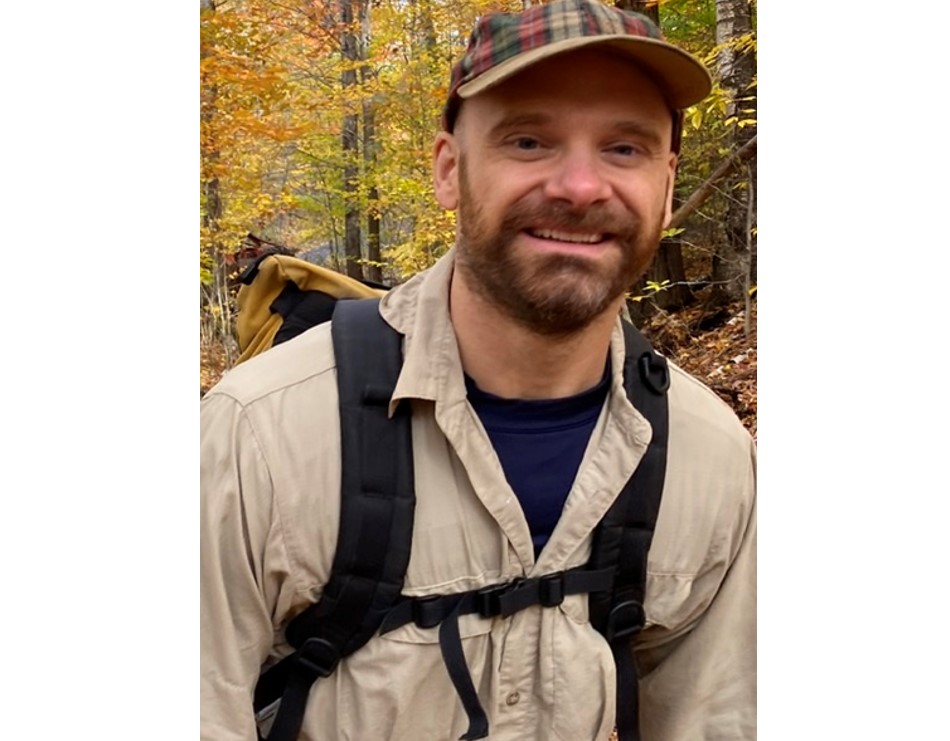
Speaker: Dr. Stephen Taerum
Title: Exploring protist diversity and interactions in the phytobiome
Date: 25 August 2022 Time: 16:00 (GMT+2)
Abstract: AProtists, or single-cell eukaryotes, are highly diverse and abundant components of plant microbiomes. They influence plant health by recycling nutrients, shaping bacterial and fungal communities, and mitigating the impact of plant pathogens. However, apart from some pathogenic protists, such as Phytophthora, little is known about their diversity and impact in the phytobiome. Stephen will be discussing his research on protists and their associated bacteria in plant microbiomes, with a focus on maize and five solanaceous species. Using high-throughput amplicon sequencing, he discovered that the different plant species were associated with highly similar protist communities. However, there were significant differences between plant compartments, as the phyllosphere (i.e., leaf-associated) communities were less diverse than and highly distinct from the rhizosphere (root-associated) communities. The rhizosphere communities in turn were less diverse than the surrounding bulk soil. Finally, using co-occurrence networks between protists and bacteria in the different plant compartments, he discovered several bacteria and protist taxa that formed important hubs in these networks, and are candidates for future research on protists in the phytobiome. Currently, he is conducting experimental research using protists cultured from maize roots to examine interactions between plants, protists and bacteria. This research sheds light on a neglected component of most phytobiome studies, and will hopefully encourage additional research on the protist phytobiome.
Biography: Dr. Stephen Taerum received his PhD from FABI in 2015, where he studied the symbiosis between red turpentine beetles and ophiostomatoid fungi. Soon after graduating, Stephen started a postdoctoral research position at Arizona State University in Tempe, Arizona, USA, where he researched the fascinating evolutionary history between termites and protists. In 2019, he started another postdoctoral position at the Connecticut Agricultural Experiment Station in New Haven, Connecticut, USA, to focus on symbiotic interactions between protists and plants. He is currently investigating the complex interactions between plants, protists and bacteria using a variety of crop species.
July, 2022
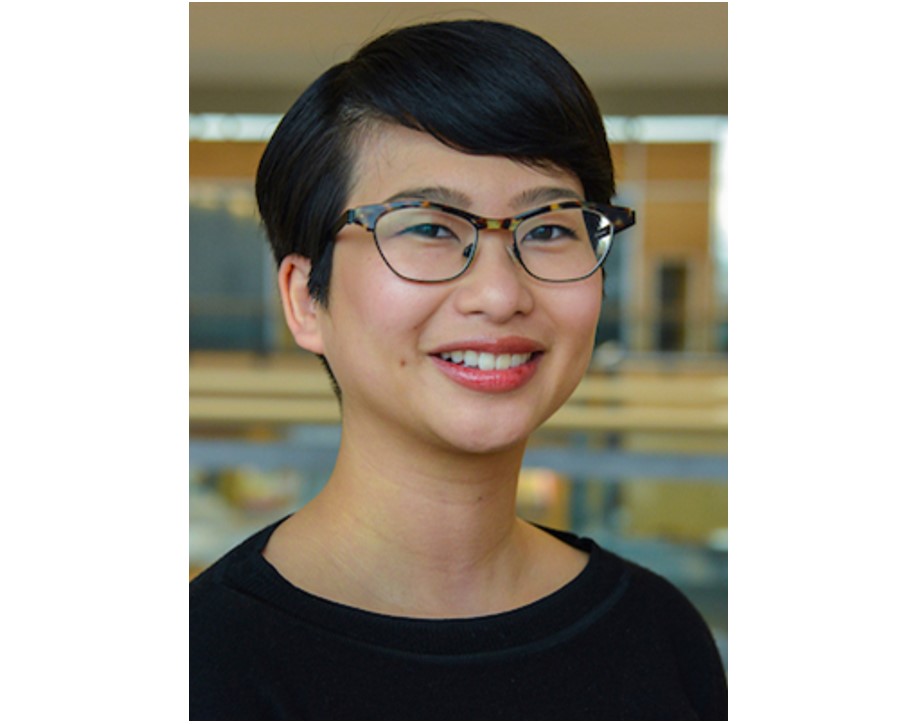
Speaker: Dr. Malia Gehan
Title: Open Challenges in Plant Phenotyping with PlantCV
Date: 28 July 2022 Time: 16:00 (GMT+2)
Abstract: To tackle the challenge of producing more food and fuel with fewer inputs a variety of strategies to improve and sustain crop yields will need to be explored. These strategies may include: mining natural variation of wild crop relatives to breed crops that require less water; increasing crop temperature tolerance to expand the geographical range in which they grow; and altering the architecture of crops so they can maintain productivity while being grown more densely. These research objectives can be achieved with a variety of methodologies, but they will require both high-throughput DNA sequencing and phenotyping technologies. A major bottleneck in plant science is the ability to efficiently and non-destructively quantify plant traits (phenotypes) through time. PlantCV (http://plantcv.danforthcenter.org/) is an open-source and open development suite of image processing and analysis tools that analyzes images from visible, near-infrared, hyperspectral, thermal, and fluorescent cameras. Here we present new PlantCV analysis tools available in version 4.0, which includes interactive documentation, color correction, and the development of thermal and hyperspectral imaging tools aimed at the identification of early abiotic stress response.
Biography: Malia Gehan did her Ph.D. research examining the intersection of cold signaling and the circadian at Michigan State University. She was a NSF Plant Genome Postdoctoral Fellow and is an Assistant Member and Principal Investigator at the Donald Danforth Plant Science Center, whose group focuses understanding mechanisms of crop resilience under temperature stress. To study temperature stress and natural variation, the Gehan lab develops high-throughput and high-resolution image-based phenotyping technologies, including low-cost solutions that use Raspberry Pi computers. The Gehan Lab co-develops and maintain the open-source open-development suite of image analysis tools, PlantCV (https://plantcv.danforthcenter.org/), along with Dr. Noah Fahlgren’s group. In 2021, she received an early career award from the North American Plant Phenotyping Networky.
June, 2022
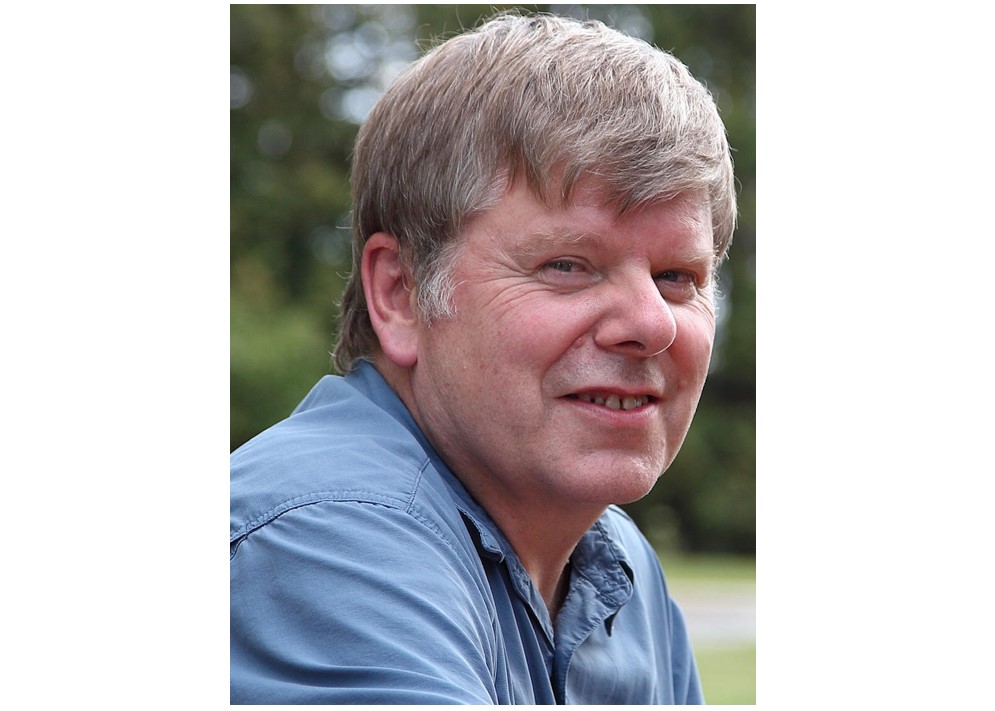
Speaker: Prof. Keith Seifert
Title: In the right place at the right time: Three “microfungi” that changed the world
Date: 30 June 2022 Time: 16:00 (GMT+2)
Abstract: To celebrate the publication of “The Hidden Kingdom of Fungi,” my recent book for general readers, I will present three stories in depth to show the profound effects of fungi (or “phungi”) can have on human affairs. We will follow the path of the Great Potato Famine from its origins to the Irish diaspora of millions of victims to Canada and the USA, Australia and New Zealand, and South Africa. We will look at the discovery of penicillin and its impacts on World War II and conflicting concepts of intellectual property. Then we will consider the emergence of aflatoxin as a major threat to public health, especially in the developing world. These stories show that the impacts of fungi and fungal research extend far beyond the corridors of science. They also challenge the “eureka”’ or “lone genius” stereotype of discovery, and illustrate that national interests often clash with international cooperation in science. An alternative model of discovery, sometimes called the “adjacent possible,” explains why certain kinds of discoveries occur at a specific time and place.
Biography: For more than 40 years, Canadian mycologist Keith Seifert specialized in the identification and classification of microscopic fungi producing toxins in crops and foods. He worked as a Research Scientist for Agriculture & Agri-Food Canada in Ottawa from 1990-2019. His academic publications include >250 scientific papers and six books (including two co-edited with Mike Wingfield). He retired from research in 2019 to write about interactions between science, the arts, history and society.
May, 2022
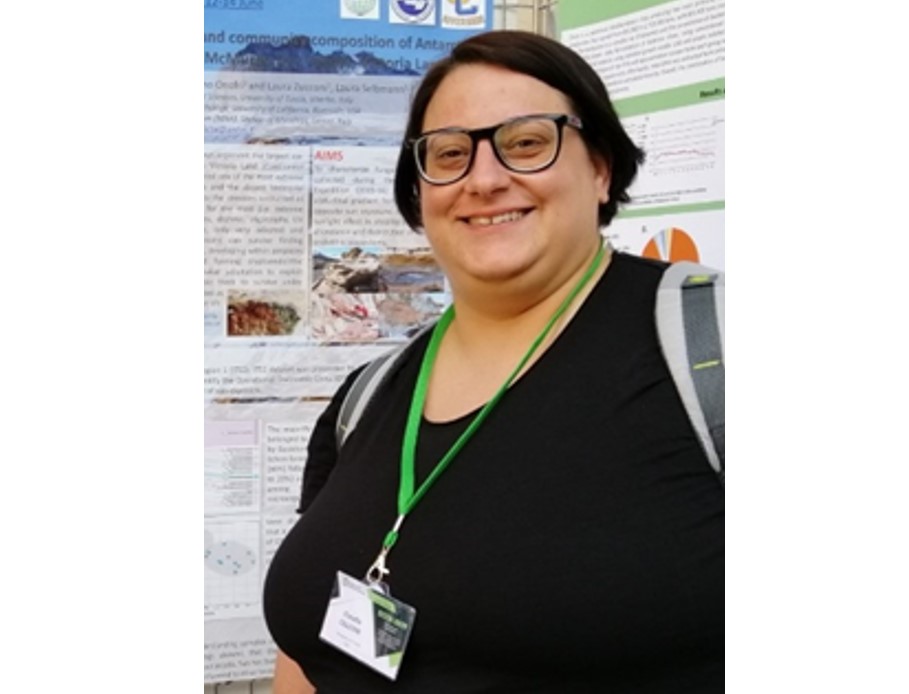
Speaker: Dr. Claudia Coleine
Title: Microbiomes from extreme environments: challenges to thrive in the most prohibitive conditions
Date: 26 May 2022 Time: 16:00 (GMT+2)
Abstract: Extreme environments, defined from our anthropocentric view, are typically devoid of macro life forms and are instead inhabited predominantly by highly adapted and specialized microorganisms, namely extreme-tolerant and extremophiles that are able to tolerate and even thrive in the most prohibitive conditions (e.g. space and Martian simulated conditions). The discovery and persistence of these organisms have reshaped current concepts regarding the limits of life, for as we know it, on our planet. Yet, to the best of our knowledge, life is limited to Earth but the possibility of life elsewhere in the Universe has fascinated humankind for ages. Unearthing terrestrial extreme microbiomes will be integral to provide the foundational principles needed to predict what sort of Earth-like organisms we might find in the Solar System and beyond, and to understand the future and origins of life on Earth.
Biography: Dr. Claudia Coleine received her bachelor's, master's and PhD degrees from University of Tuscia, Italy. During her postdoctoral research, she was Principal Investigator of a project funded by Italian National Program for Antarctic Research. She is currently a Marie Curie Global Fellow, whose the project will focus on untangling the microbiome of US drylands and defining those physico-chemical conditions that still allow active life, even at the extremely low water regimes (i.e. hyperarid regions), in an era of global warming and rapid desertification.
April, 2022
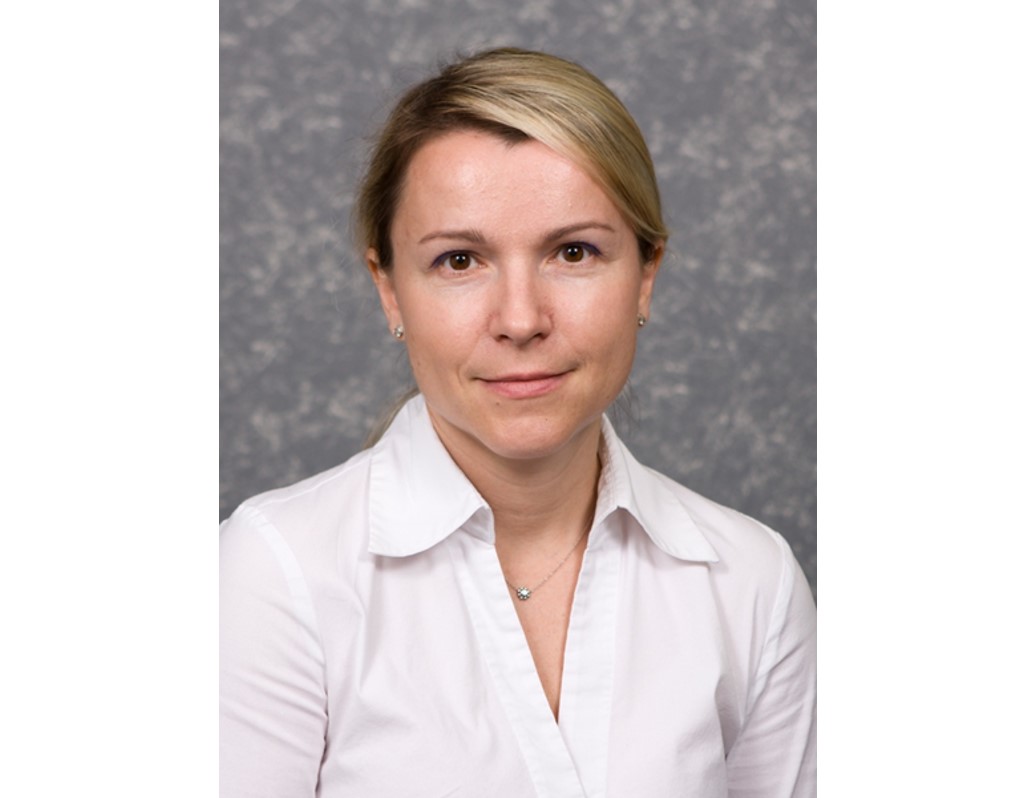
Speaker: Dr. Svetlana Y. Folimonova
Title: Understanding cross-protection by Citrus tristeza virus: our quest for the answer to a century-old question
Date: 28 April 2022 Time: 16:00 (GMT+2)
Abstract: Citrus tristeza virus (CTV) is recognized as the most destructive viral pathogen of citrus. During the past century, CTV-induced epidemics killed more than 100 million citrus trees in North and South America and the Mediterranean, and the virus continues to threaten citrus production in many regions, including South Africa. One of the main focuses of our research is understanding the mechanism of viral cross-protection (also referred to as superinfection exclusion), a phenomenon in which a primary viral infection prevents a secondary infection with the same or closely-related virus. The phenomenon has been observed for viruses in various systems, including viruses that represent important pathogens of humans, animals, and plants. However, its mechanism is not well understood. Importantly, with CTV, cross-protection is the only means to protect citrus orchards against aggressive virus isolates that induce the stem pitting disease. Our research brought about the understanding of how CTV variants interact and exclude each other. The data we have obtained showed that cross-protection by CTV cannot be explained by the mechanisms described previously and is conferred by a novel mechanism understanding of which opens up new avenues to manage virus diseases.
Biography: Dr. Svetlana Y. Folimonova received her PhD in Microbiology from Moscow State University, Moscow, Russia. She held a postdoctoral position at the S. R. Noble Foundation, Ardmore, Oklahoma and a postdoctoral position at the University of Florida, Citrus Research and Education Center, Lake Alfred, Florida. Dr. Folimonova was appointed Assistant Professor of Plant Pathology at the University of Florida, Gainesville, Florida, in 2012. In 2016, she was promoted to Associate Professor. Dr. Folimonova’s research program focuses on viral and bacterial pathogens of citrus, with the main emphasis on Citrus tristeza virus (CTV) and Candidatus Liberibacter asiaticus, a causal a




